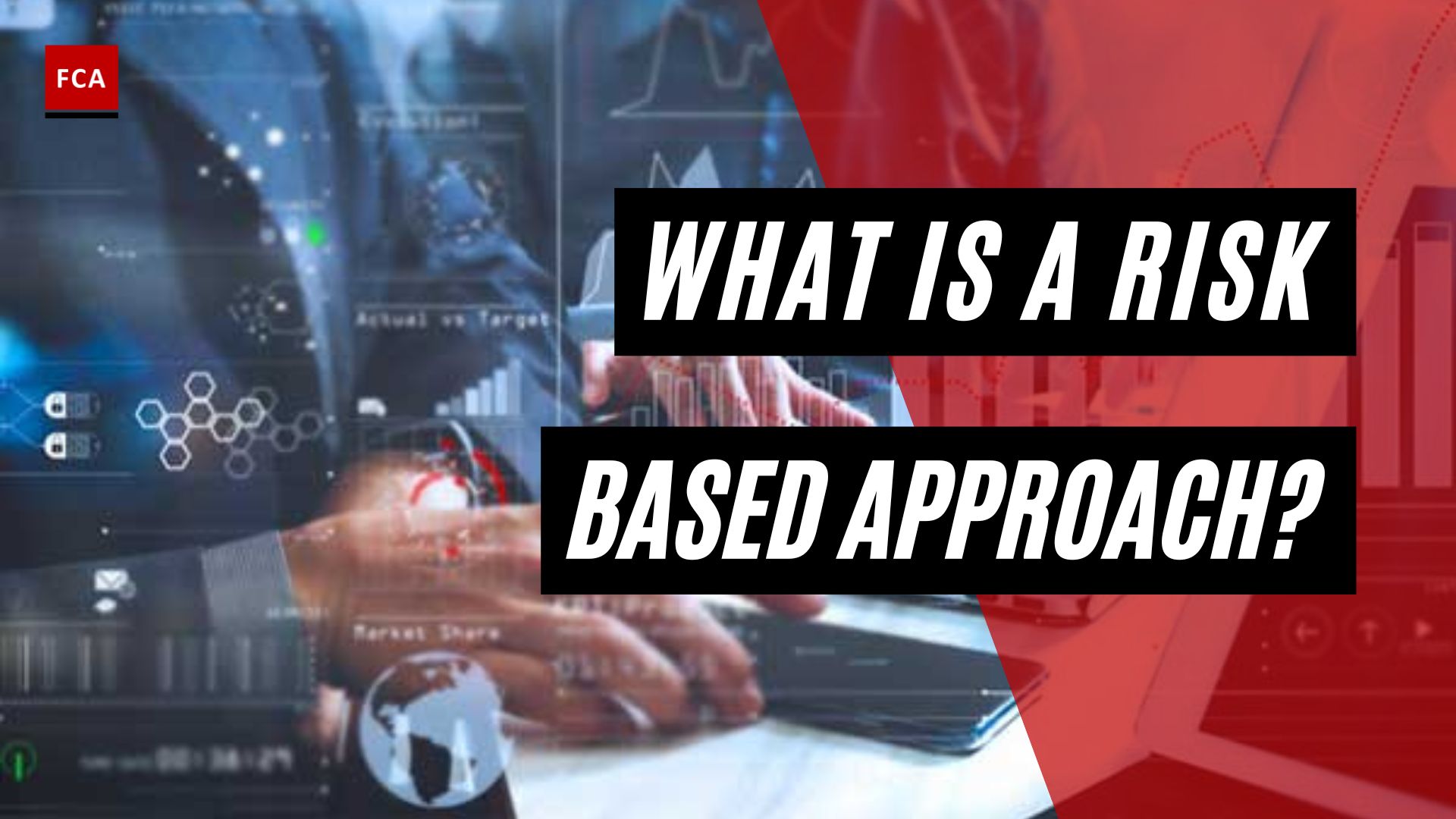Concluding on suspicious transactions and activities is crucial for reporting purposes, particularly for individuals and organizations that are obligated to comply with anti-money laundering (AML) regulations. A suspicious transaction refers to any transaction that appears to be unusual, given the customer’s profile and business, or lacks an apparent economic or legal purpose.
Suspicious activities encompass a broader range of behaviors that suggest the possibility of illicit financial activities. These activities can include unusual patterns of transactions, large or frequent cash deposits, sudden changes in a customer’s behavior or transactions, and attempts to avoid reporting requirements.
Concluding a transaction investigation should be appropriate and relevant. The appropriate and relevant conclusions are necessary because the management should ensure that only suspicious transaction is reported and that any clear or fair transaction is not reported as a suspicious transaction. Conclusions drawn in the report should be backed by relevant data, information, evidence, policies, procedures, and applicable laws and regulations. When such a conclusion is drawn, the reviewer finds it easier to cross-refer the transaction and investigation process followed by the compliance team.

Suspicious Transactions and Activities for Reporting Purposes
The report should highlight the reasons for suspicions, and the root cause of such transactions. Before conclusion, the compliance team must ensure that all relevant money laundering and terrorist financing risks are assessed and evaluated. The conclusion should also highlight the weaknesses of internal policies and procedures, that cause the occurrence of a suspicious transaction, such as old KYCs, irrelevant transaction thresholds for monitoring, outdated policies and procedures, etc.
Transaction investigation conclusion depends on the authority and maturity of the AML compliance team and money laundering reporting officer (MLRO) who were involved in the investigation of the transaction or an alert.
Subject matter experts are required to be involved, so that the right analysis and investigation may be performed, as per the requirements of AML/CFT laws, regulations, policies, and procedures. These requirements are necessary to conclude the investigation process, and during investigations, performing the research is an essential skill set required from the investigation team. It requires the experts to publicly source the required information concerning the individuals, employees, and entities that are suspected of involvement in the financial crime incident or activities. Identification of the right suspects makes the financial crime identification process easier and more structured.
The crime investigation team is required to quickly identify, ownership structure, directors and Management profiles, negative media searches, bankruptcy and disqualifications, previous court cases and judgments, asset profiles and locations, and internal controls and processes.

For the appropriate conclusion of the transaction investigation, the identification of ML/TF risk indicators and the history of similar cases play essential roles. Different categories of skill sets are used during the investigation.
A conclusion should reflect the involvement of law enforcement authorities in the investigation process because authorities may also take part in the investigation of a particular or significant suspicious transaction and may require evidence for their review.
Final Thoughts
Concluding on suspicious transactions and activities is a crucial process for reporting purposes. Financial institutions and other organizations must carefully consider all relevant factors, including the customer’s profile, the nature of the transaction or activity, and other relevant factors, before making a determination as to whether a transaction or activity is suspicious. By reporting suspicious transactions and activities, organizations can help prevent financial crimes and protect their customers and the wider community.









